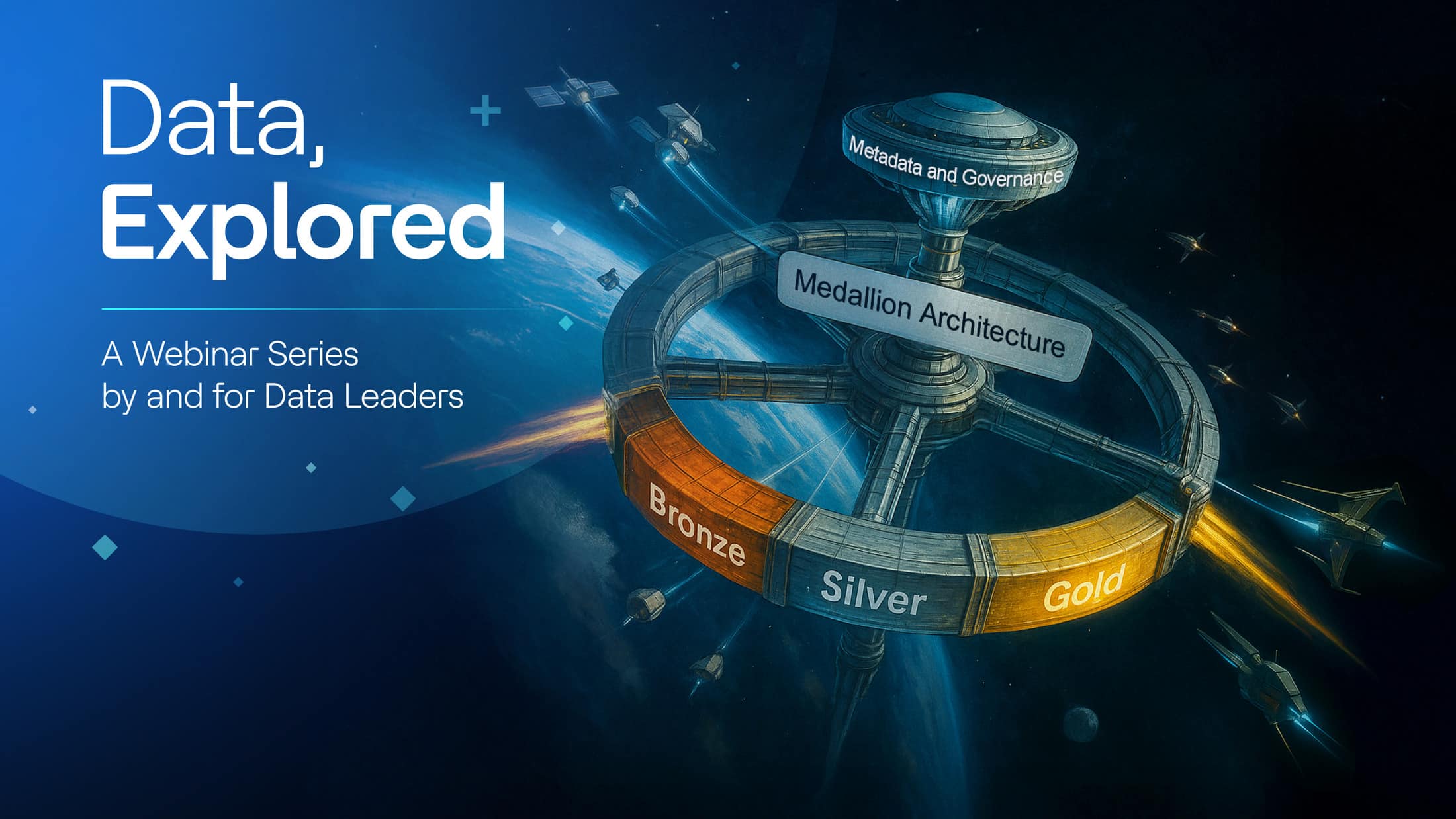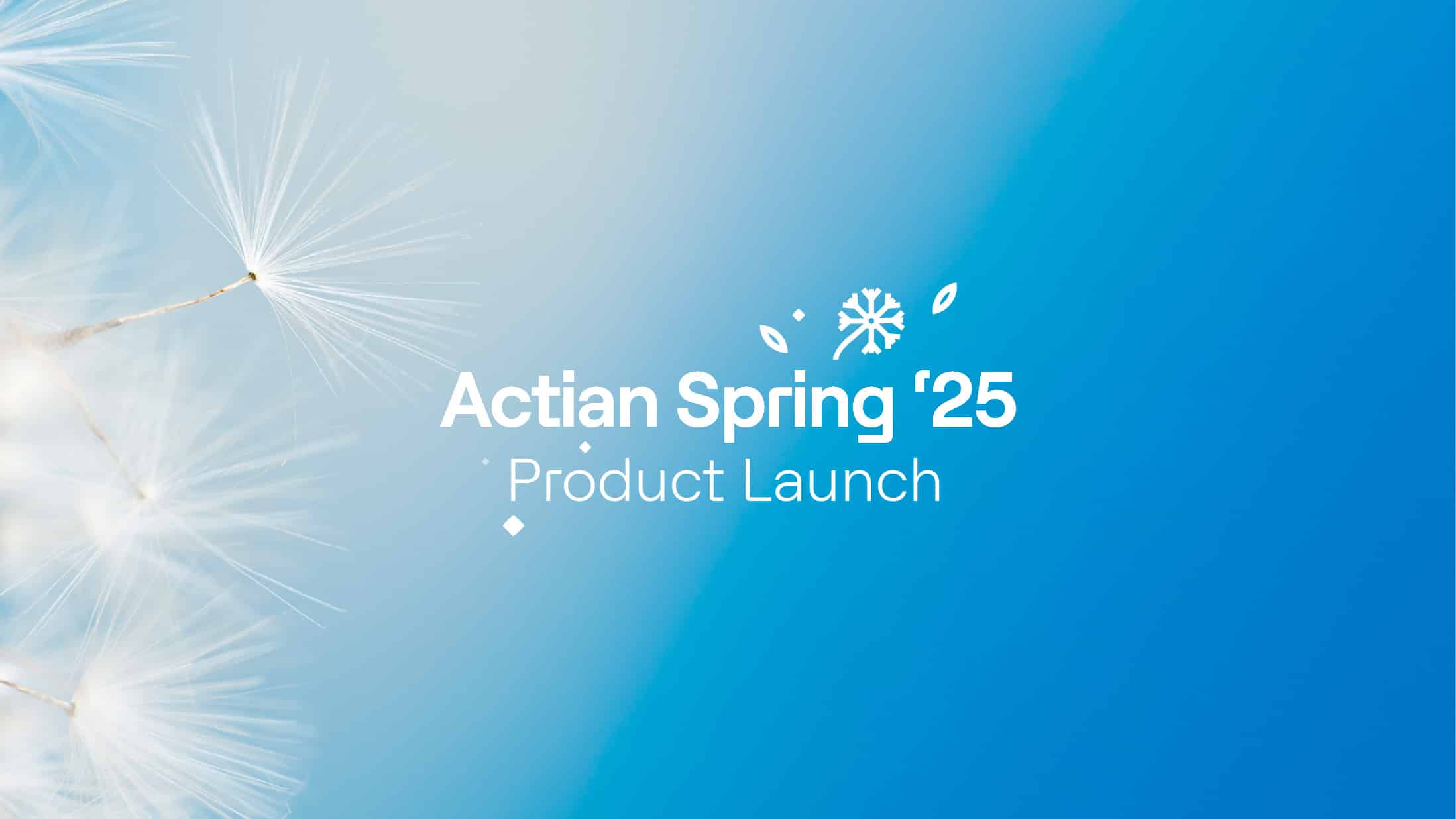The global pandemic changed the way people work, communicate, shop, and enjoy free time. The internet not only became the platform that underpinned this transformation but facilitated the capture of data from every click, search, or transaction from any device attached to it. Organizations use the information to attract and retain customers, streamline processes, or introduce agility and flexibility to their strategic visions.
After employees, data is your most important resource. How do you gather, validate, analyze, store, archive, backup, retrieve and delete data in a way that economically and strategically makes sense?
What is Enterprise Data Management?
Digital transformation has become more popular since the pandemic. Digital transformation means moving from manual or paper-based processes to streamlined transactions that deliver services to a worldwide market based on cloud and Internet technology. When performed successfully, business transformation allows businesses to pivot with agility based upon data analysis of customer trends and wants.
Most organizations feel that over 30% of their data is stale or inaccurate, according to a 2019 Experian study. Data that you cannot trust places you at reputational and regulatory risk.
Enterprise Data Management (EDM) is:
- The capability to acquire, integrate, and analyze vast amounts of data to support decisions on the governance, creation and delivery of products or how staff perform tasks.
- The movement to cloud-based technologies, especially data lake storage, allows data acquisition from any internal application or service and any Internet-based activity (mobile, IoT, video, etc.).
- The transformation of corporate data into a seamless flow of information via the removal of disparate data silos and, instead, centralizing data for use by any product or workstream.
- The creation and sharing of information with partners or customers in a secure and encrypted fashion.
- The underpinning for how every employee or partner works together to meet their own and the organization’s visions of success by helping to create assurance, confidence and trust in all data assets.
The outcome of EDM is a trusted data lineage traceable through the lifecycle of data origins, destinations, consumption, and maintenance. Tracking data lineage will provide your organization with visibility into how data moves through your systems, allowing you to optimize organizational decision making and the cost of data management.
Benefits of Enterprise Data Management
Transitioning from typical data silos to a joint data management facility and process is challenging. Still, these challenges pale in comparison to the benefits seen by those that have successfully adopted EDM:
- Creating trusted data for any organizational purpose.
- Making data highly accessible, consistent and available for data-driven analysis and decision.
- Easing the burden of data security and compliance by having a single-defined data management location and process.
- Streamlining customer service processes or other organization tasks as data is from a trusted source and agreed format, regardless of use.
- Enabling the security of data by using cloud-based storage and encryption tools.
- Reducing the business costs of storing data or performing data transactions.
- Building a scalable data architecture that allows your system to adapt quickly to changes.
Master Data Management vs. Enterprise Data Management
EDM is the umbrella practice that covers the entire data management lifecycle. Underneath this umbrella is the data practices of:
- Data security.
- Reference data management via catalogs and metadata.
- Transaction business rules for data.
- Organization training on data management and responsibilities.
- Governance of data practices.
- Data reporting guidance.
- Data usage and maintenance.
- Data recovery.
- Data deletion and destruction.
- Data integration via master data management for digital business.
The last point is significant. The pandemic, as mentioned, has changed the way people do things by moving their activities to the Internet. Master Data Management (MDM) defines the enterprise architecture and practices to best use all data sourced from the Internet. Every comment above that applies to enterprise data management applies to MDM, but for just the digital components. enterprise data management is all data: digital, manual, paper-based, etc. The benefits of master data management are the creation and management of practices that will transform your organization into a digital product delivery service.
Components of EDM
Data Governance
Data governance is the umbrella over EDM. Each component will be guided by what governance criteria are agreed upon based on business goals and regulatory or geo-location requirements. An enterprise data management best practice is to establish Data Governance on the recommendations of standards such as ISO 38505. Data governance will define the policies, metrics, roles, allowed formats, business continuity, storage, event management and reporting expected by the organization. These guidelines must be flexible to promote agility within the organization based on its acquisition and consumption of data to make decisions or perform work tasks. Sound governance leads to data trustworthiness.
Data ingestion or acquisition
Data ingestion or acquisition is the extraction of data from your manual or paper-based processes, corporate applications or digital download and placing the data into its proper storage location. This activity is real-time, continuous and can result in high volumes of data requiring management. Data placement could be in virtual, big data storage, data lakes, data warehouses, or filing cabinets, or at service partners.
Data architecture
Data architecture defines the guidelines for data at each stage of its lifecycle: acquisition, storage, usage, security, archival, recovery, business continuity, and deletion. This is the “how to do it” and “what you can do” aspect of enterprise data management. The outcome will be the frameworks for master data management, data warehouses, data security, tools, and supplier SLAs.
Data integration
Data integration is making data accessible by validating that the data is of the correct quality and type fits the intended use. Any issues are alerted to the requestor for correction, trigger an event to obtain more current data, or initiate the deletion of the possibly corrupt data.
Data security
Data security concerns keeping data as per the rules of data governance, the roles profiles of data access via access control lists or data directories, the prevention and protection of the enterprise, passwords, and access methods such as Multi-Factor Authentication (MFA). Data security helps ensure that data at rest and in transit is not susceptible to theft, corruption, leakage, or malicious destruction.
Data consumption
Data consumption is where data creates value for an organization by being turned into information for decision-making, marketing to customers, helping streamline processes, sharing or selling data to partners, and proving to all concerned that the organization is trustworthy. Data consumption supports Business Intelligence, Artificial Intelligence, analytics, data mining, curating, and automation to create a seamless, quality flow of data into whatever service needs it on a timely basis, maintaining confidentiality, integrity, and further availability. The outcome of data consumption is the capability for the organization to serve customers, help staff, create agile products, and address audit concerns.
Data Management Best Practices
Following these tips will help ensure that your enterprise data management is successful and of value:
- Know Your Data. Your data management must best reflect the use required by your organization. Having stale and old data places you at a security and regulatory risk. Take the time to perform an audit. One tip is to hold a series of value stream mapping exercises as these will visualize the flow of data, the applications, tools, people and customers impacted.
- Secure Your Data. No one wants to receive a notification that their account has been hacked. This will lose you customers, make your staff wonder just how safe their information is, and tarnish your brand. Talk to your managed service or data management provider and leverage its Introduce the security practices mentioned in this article to maintain confidentiality, integrity and availability, as well as introducing the cybersecurity framework from NIST.
- Master Data Management Best Practices Follow Those of EDM. MDM holds the crucial schemas, metadata, templates of use, that every developer or supplier should follow to acquire, store, use, archive and delete information. Ensure that MDM is flexible, understandable and agreed with by all products and services teams regularly.
- Govern, Monitor, Alert. Data quality management best practices involve creating a framework that sets the roles and policies the organization should follow to protect and create valuable data. Data stewards and data owners must monitor and alert when deviations to agreed internal practices are broken. Data administrators should act as trainers or incident resolvers.
- Communicate and Train. Senior leadership must encourage the vision that enterprise data management is an organizational priority. Every employee and principal supplier should regularly receive training on data management and security practices. The results of training exercises, the incidents that occur and their resolution and the continued modification to global standards will act as improvement guides to the internal development of data management policies and tools.
Enterprise Data Management Strategy
Every organization requires data for its own purpose. This complicates creating a standard template for Enterprise Data Management strategy, but here are some recommended actions to perform or questions to ask:
- Why do we want data?
- What do we need data for?
- What type of data do we need?
- Do we want to store it, or do we want to use cloud services?
- What products use data, and are any replicating data or redundant?
- Can we obtain the necessary data from an external source?
- Would it prove valuable to share any data we have?
- How do we know we are doing enterprise data management well (KPIs)?
Assessment of Current Data Use and Characteristics
- What data do we have?
- Why do we have it?
- How good are we at using and maintaining it?
- What information is missing?
- How much do we spend on data?
- What risks have we opened the organization to with our data practices?
- What processes or applications, or tools inhibit the flow of data?
Establish the Governance of Enterprise Data Management
- How do we want to organize data?
- What schemas or master data management frameworks do we need?
- How will we monitor and alert data issues throughout its lifecycle?
- What actions will we perform if there is a data incident?
- What regulations require adherence for our organization?
- What is expected from EDM’s roles (data stewards, data owners, data users, suppliers)?
- Focus on data quality, timeliness and security
Create the Data Architecture and Storage Capabilities
- Data lakes, data warehouses, filing cabinets.
- Hot, cold, backups and archival.
- Deletion and destruction tools.
- Data encryption.
- Security tools, firewall, access methods.
- Master data management, data schemas, metadata catalogs, guidelines for developers.
- Transfer of current data to the new enterprise data management framework.
- Educate everyone involved.






